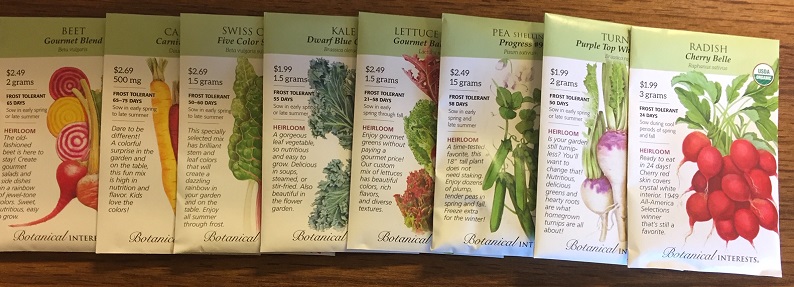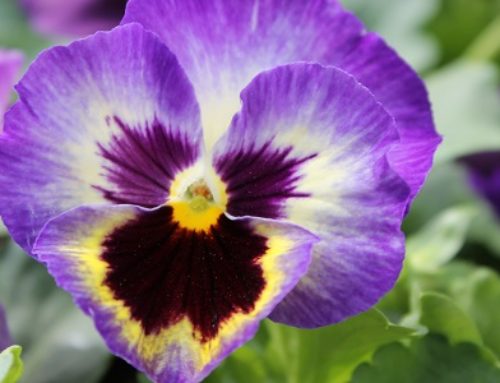ANNUALS AND PERENNIALS:
Continue watering and fertilizing cool-season annuals to ensure productive flowering. Use NutriStar Color Star time-release fertilizer once a month for continuous feeding.
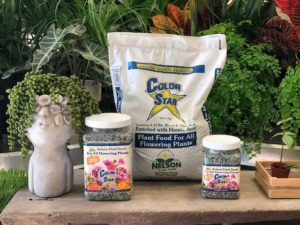
Pansies are particularly heavy-feeders, and will always respond to fertilization with added blooms. Continue planting pansies, violas, ornamental cabbage and kale, snapdragons, dusty miller and cyclamen (protect cyclamen from freezes).


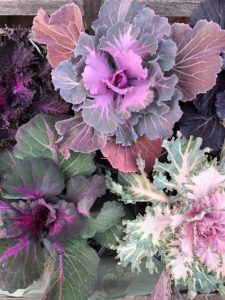
VEGETABLES:
If you plan on growing transplants for spring planting, count back 6-8 weeks from the last average frost date to start tomato and pepper seedlings. This is early to mid-January in Central Texas. Place seed trays in a warm location (like on top of a refrigerator) until germination takes place, then move to a sunny location or place under grow lights. Lights should be approx. 6” from top of plants, and adjusted as they grow. Remember to “harden-off” the seedlings by taking them outside for 1-2 hours a day once they reach planting size, and avoid windy days. Click HERE to watch our seed starting video.

Begin planting beets and carrots about mid-month, direct-seeding into the garden. Spinach, lettuce, Swiss chard and other cool-season greens may be direct-seeded now as well.

Use a handy “seed sower” for the smaller seeds. Be prepared to cover seedlings as needed on freezing nights. Parsley likes the cool season as well, and will do well if planted this month. (See our “Germinating Parsley from Seed” article for more tips!)


Plant asparagus crowns now through February. Watch our VIDEO to see how!
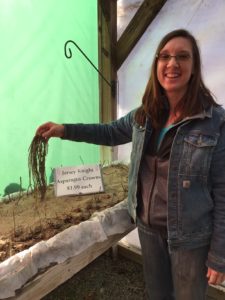
It is also time to set out onion transplants.
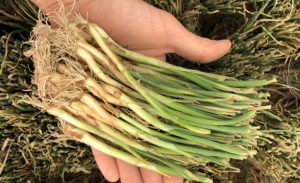
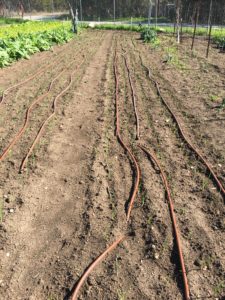
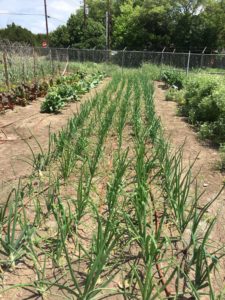
Do not purchase the round onion “sets” sold at some box stores. These varieties do well in the north, but will not “bulb” with the day length and timing in Central Texas. Texas Legend, 1015Y, and Southern Belle Red onions do well in Central Texas.
For more information, read our article, “What Makes Onions Bulb?”.
Fertilize winter veggies every four to six weeks with a complete garden fertilizer such as Happy Frog Tomato and Vegetable organic fertilizer or Fox Farm ‘Grow Big’ liquid fertilizer.
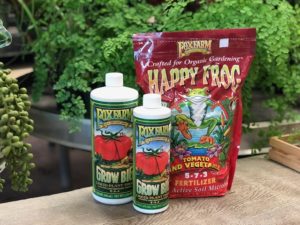
Cole crops, such as broccoli, cauliflower, and kale may be planted mid-month for a spring harvest.
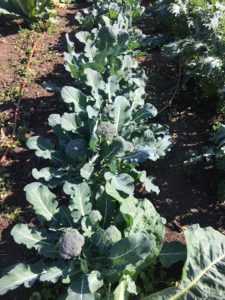
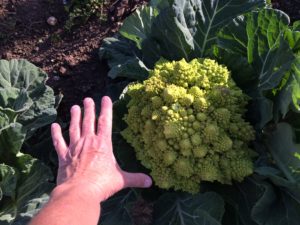
Water-in transplants with Fox Farm ‘Grow Big’ liquid fertilizer or incorporate Fox Farm ‘Jump Start’ organic fertilizer at time of planting. Continue fertilizing weekly for the next two to three weeks to get them off to a good start.
Click HERE for the Vegetable Planting Guide for Central Texas
TREES & SHRUBS:
If you have woody ornamentals you would like to transplant in your yard, now is a good time to do it. Try to get as much root system as possible and handle root systems carefully. I find that placing them on a tarp and gently moving to the new location works well. Be sure to set the plant at the same level on the trunk/stem as it was in the prior location, as planting too deeply will damage the vascular system. Water-in well, and keep up regular watering throughout the winter.
The winter months are the best months to prune most plants. Waiting until late February is ideal, but Live Oaks and Red Oaks should be pruned before Feb. 1 and each cut sealed with pruning paint. Pruning paint is not recommended unless pruning Live Oaks and Red Oaks. The paint masks the “fresh cut” smell that may attract Nitidulid Beetles which spread the Oak Wilt fungus.
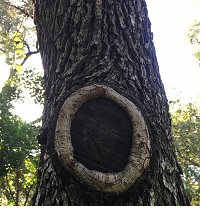
Remember, Spring-only blooming trees or shrubs, should only be pruned right after flowering. These plants formed the flower buds on last summer’s growth, and removing growth now would remove blooms for spring.
Learn about proper pruning techniques by consulting the “Tree Care Kit” on the Texas A&M AgriLife Extension website. By making a pruning cut in the correct location, the tree will heal correctly and you will avoid complications from insect and disease.
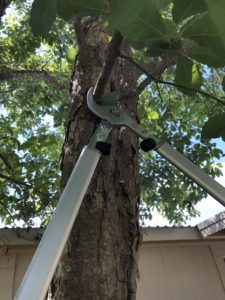
LAWNS:
Continue to rake leaves off the lawn. Southern lawns need the winter sun, and may suffer if covered by leaves.
Spreading a 1/3” layer of screened compost on lawns will give the lawn a boost in the spring. If you have had problems with Take-all Patch fungus in the past, a thin layer of Sphagnum peat moss will help acidify the area in which the fungus spreads, and help prevent spread of this fungus. Use one 3.8 cf compressed bale of peat moss per 1000 sq.ft. of lawn.
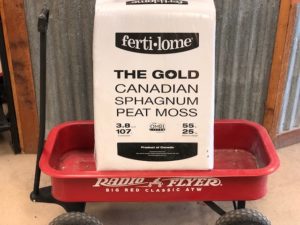
Areas that are too shady for grass to grow could benefit from a planting of groundcover. Now is an ideal time to prepare the soil and plant.

